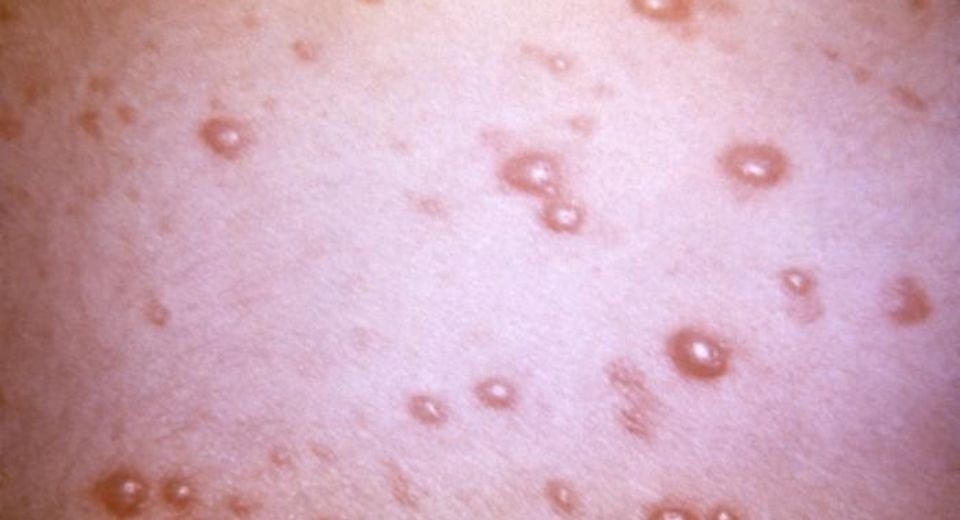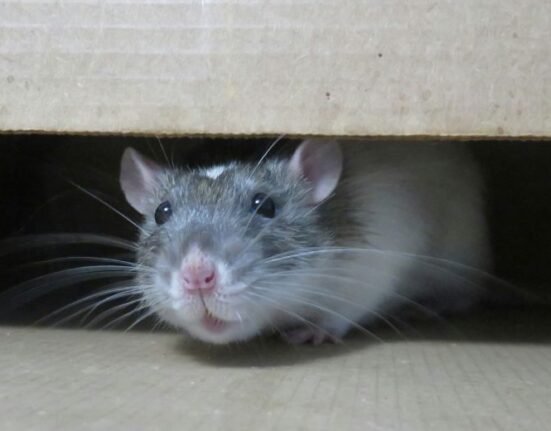By Dr K. Leelamoni
October 31, 2023: During an annual family temple festival, celebrated at my ancestral home in the southern Indian state of Kerala’s Kuttanadu, Rajesh lay curled up clutching his abdomen due to severe pain.
It was my niece who drew my attention to her husband’s condition. Rajesh had redness on the side of his right lower abdomen. He complained about a feeling of weakness, overall discomfort and fever for more than two days.
“The pain is so much that I want to press the area with a hot iron box,” Rajesh told me. I removed his shirt and was startled to find the typical rashes of Shingles staring at me.
Immediately I referred him to our family doctor in the city for treatment and follow-up.
Shingles (or herpes zoster) is caused by the reactivation of the virus that causes chickenpox and is a painful condition.
Elderly at risk
The risk of developing shingles increases with age as the immune system becomes weaker and incapable of mounting a response.
Shingles can strike anywhere on your body and it most often appears as a single stripe of blisters that wraps around either the left or the right side of the human torso. At times the pain is excruciating.
How this stripe wraps itself around patients has earned it the name nagin (snake) in India, where the disease burden is considerable.
The annual incidence of the disease is estimated between 1.5 and 3.9 cases per 1,000 persons.
About one million cases of shingles are diagnosed every year in the US with more than 50%
reported in people above 50 years of age.
Varicella Zoster virus
The incidence varies from 1.2-3.4 per 1000 persons per year among the young while the prevalence is between 3.9 and 11.8 per 1000 persons a year among those above 65 years.
Shingles is caused by the varicella zoster virus — the same virus that causes chicken pox. After one has chicken pox, the virus stays in the body for the rest of your life. Years later, the virus may
reactivate as shingles.
After recovery from chickenpox, the virus remains inactive in nerve roots. When there is a
weakening of the immune system in the body, the virus wakes up and replicates, leading to the disease.
After reactivation, the viral particles are carried down from the nerve to the area of the skin supplied by that nerve, usually called the dermatome.
Shingles usually starts with fever, and malaise followed by the papules and vesicles over 3-5 days. They appear usually on one side of the body on the chest, neck, lower abdomen, forehead or upper eyelid depending on the affected nerve.
The vesicles rupture within a week and crusts are formed. Recovery occurs within 4-6 weeks.
Shingles is not life-threatening.
Pain for months
The most important sequlae is post-herpetic neuralgia which is an extremely painful condition that doesn’t respond to usual pain relieving drugs. The continuous pain is a very disturbing experience that may last for months.
Old age, stress, conditions such as
HIV and cancer weaken the immune system, and
long-term use of immunosuppressive drugs like steroids are the main causes.
The virus is contagious and is transmitted by direct body contact or through the droplets from the nose
and mouth.
Prompt antiviral therapy with drugs like Acyclovir reduces the duration of illness, and decreases acute pain and helps to prevent post-herpetic neuralgia.
I remember my mother-in-law who suffered from neuralgia for several years.
She had chickenpox earlier and hence she volunteered to look after a grandchild who developed chicken pox.
After a few years, she had shingles followed by severe neuralgia. In the early 1970s, there was no effective treatment for that. She used to tell her plight to whoever visited her and it remained with
her till the end.
Recombinant vaccine
Fortunately for us now we have very effective antiviral drugs to control the disease. Effective
vaccines are also available.
Two types of vaccines are available against shingles. Zoster live vaccine (Zostavax) which has been in use since 2006 and a recombinant zoster vaccine (Shingrix) vaccine which has been in use since 2017.
The US-based Centres for Disease Control and Prevention recommends that adults above 50 years be given two doses of Shingrix vaccine with an interval of between two and six months which protects the person for ten years.
Even if you had chickenpox or shingles in the
past or received chickenpox vaccine, it is better to take the vaccine.
In India, the recombinant vaccine has been made available for adults from April 2023.
Though the cost is rather high at present, let us hope that more people will receive the benefit of the vaccine in the coming years and that herpes zoster and post-herpetic neuralgia remain a misery of the past.
(The writer was a former Head of the Department of Community Medicine at the Government Medical College in Kozhikode and Thiruvananthapuram and worked at the Amrita Institute of Medical Sciences in Kochi.)








